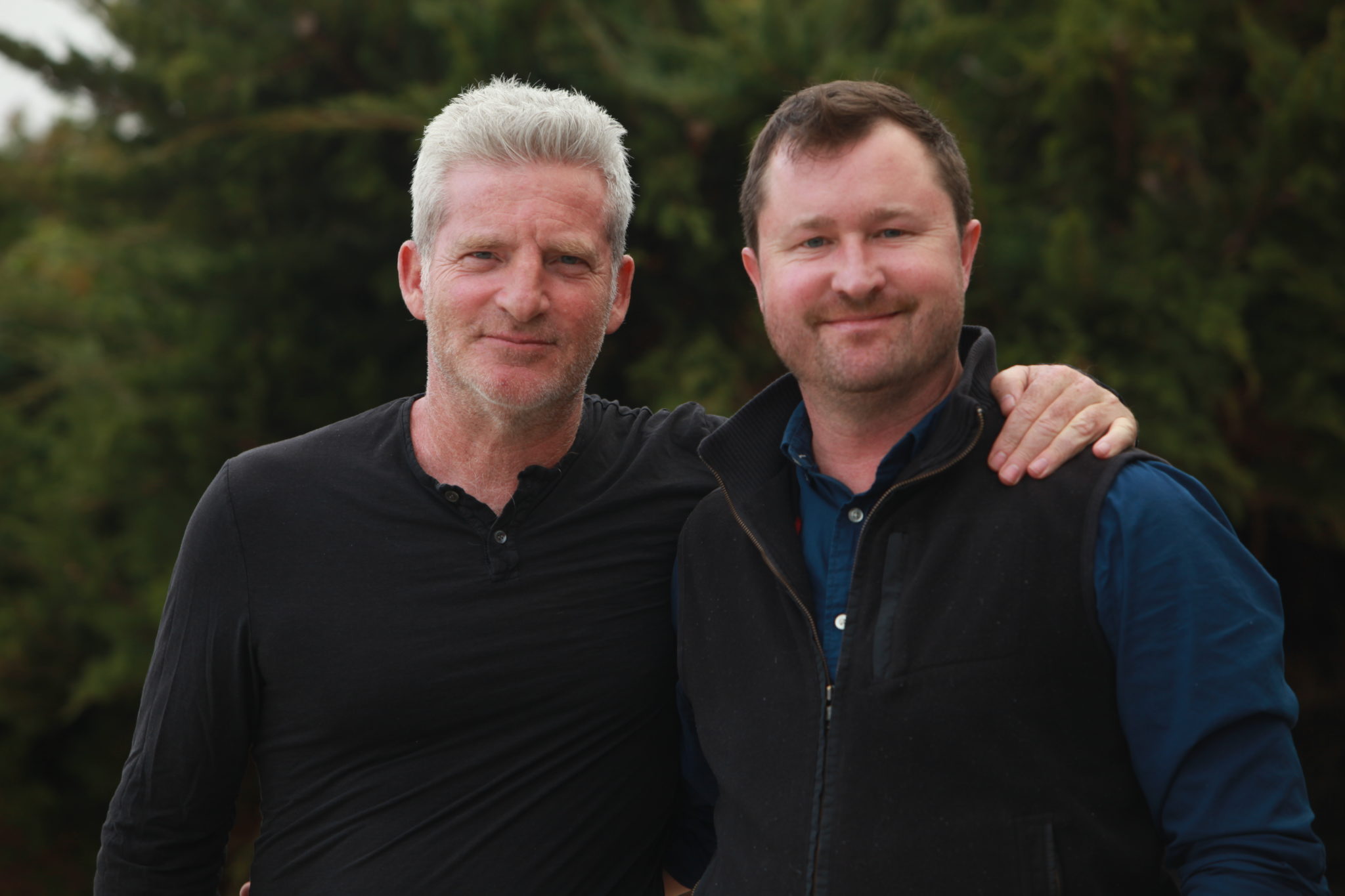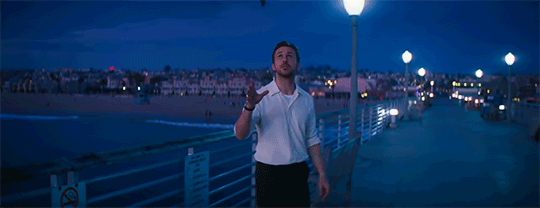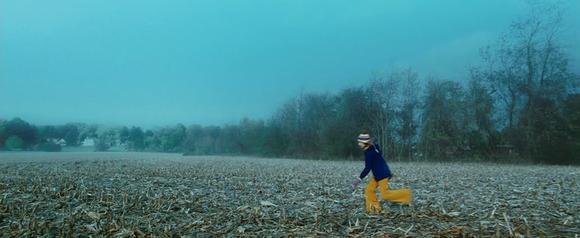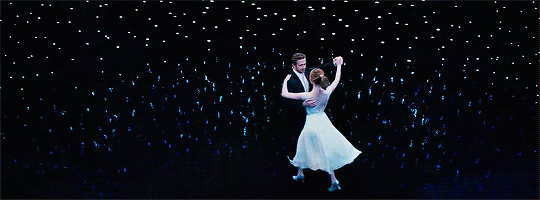Job description:
A sound editor is a creative professional responsible for selecting and assembling sound recordings in preparation for the final sound mixing or mastering of a television program, motion picture, video game, or any production involving recorded or synthetic sound.
Inspiration: Erik Aadahl & Ethan Van der Ryn:

Ethan Van der Ryn: The quick definition of what a supervising sound editor does is, we’re basically responsible for being the main sort of translator of the director’s vision of what the soundscape of the film should be. We are responsible for creating and executing that vision and directing the team of editors and sound designers and foley artists and foley supervisors, ADR, dialogue supervisors—the whole team of people who work with us, we’re responsible for directing them to execute the soundscape of the film.

Erik Aadahl: First we collect the sonic ingredients. We’ll go out into the field and record things—all the sort of flavors of the atmosphere, wind or trees, creatures and animals. Then we bring those back into the studio and start manipulating them. Some of that might be sound design like taking animal vocals and then manipulating them to create the creatures from “A Quiet Place,” and then we start building the tracks over many months. In the final mix, everything comes together. All of our edited dialogue and ADR, all of our foley details, footsteps, hand-taps and touches; the music then comes into it and all of that gets put together [to become] what audiences hear in the theater.

We’re totally pulling the rug out from under the audience by really stripping away. Our goal on the first film was to make audiences hold their breath and be afraid to make a sound in the movie theater as if they were the actual characters in the film, and it was this grand experiment to really put the audiences into the characters’ shoes. We didn’t really know if we were going to be able to pull it off. And even going beyond quiet but going to complete silence, which we did, is something we’ve never done before. But only a film like “Quiet Place” gives us that kind of creative latitude and it was thrilling. The first time we did it, it was a total experiment and we just got goosebumps. We choked up. We were like, “Oh my god, this is so unique. This is amazing.”
Role two: Sound:
Sound is an important element in film. It immerses the audience into a unique world, fills in any gaps and can create emotion to easily story tell in the film. I’ve taken inspiration from Erik Aadahl & Ethan Van der Ryn. Both Erik Aadahl and Ethan Van der Ryan are known for his work on ‘Transformers: The Last Knight’, ‘Transformers: Revenge of the Fallen’, these films being action packed, fast paced and loud with short cuts.








